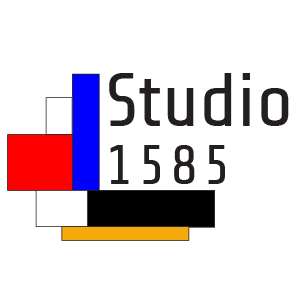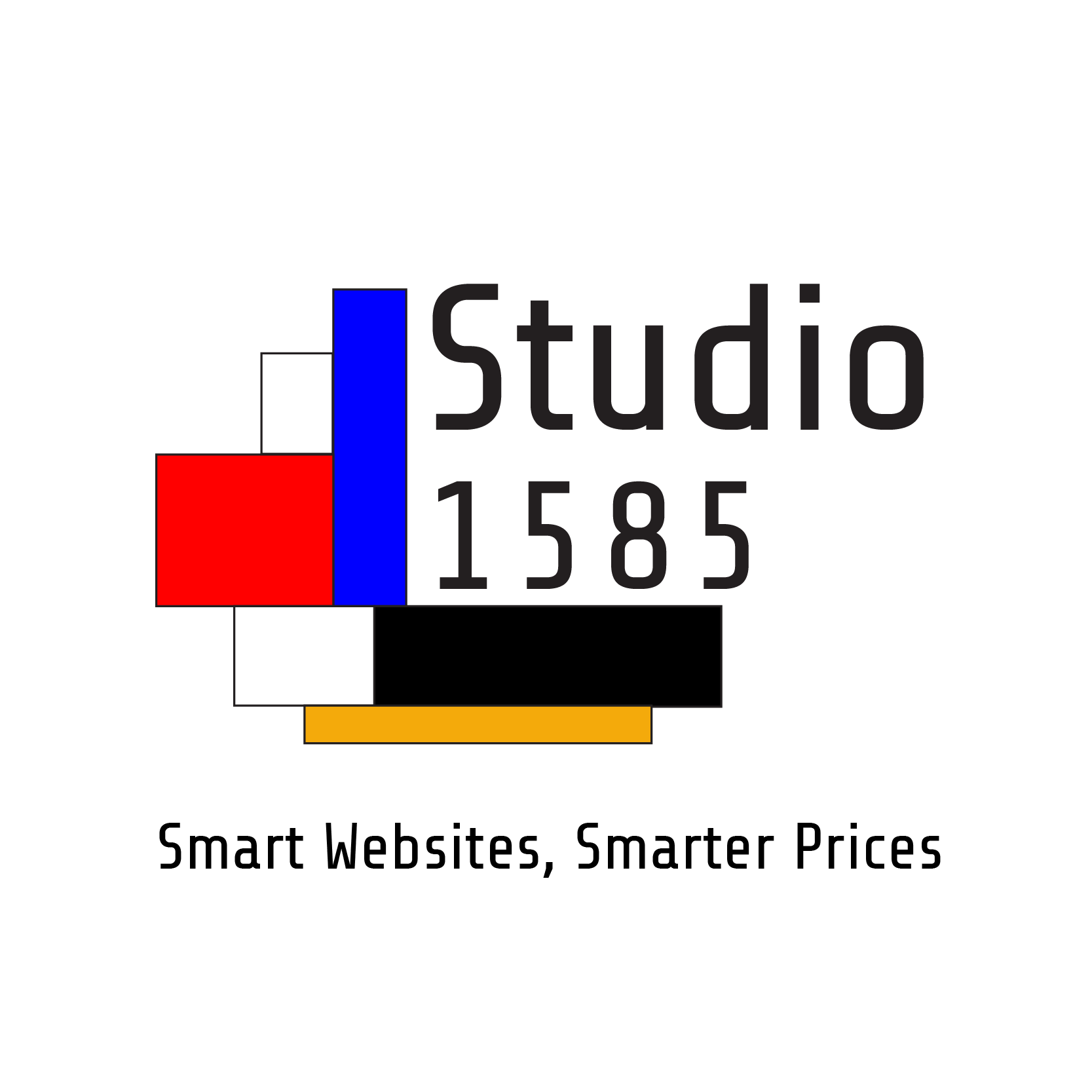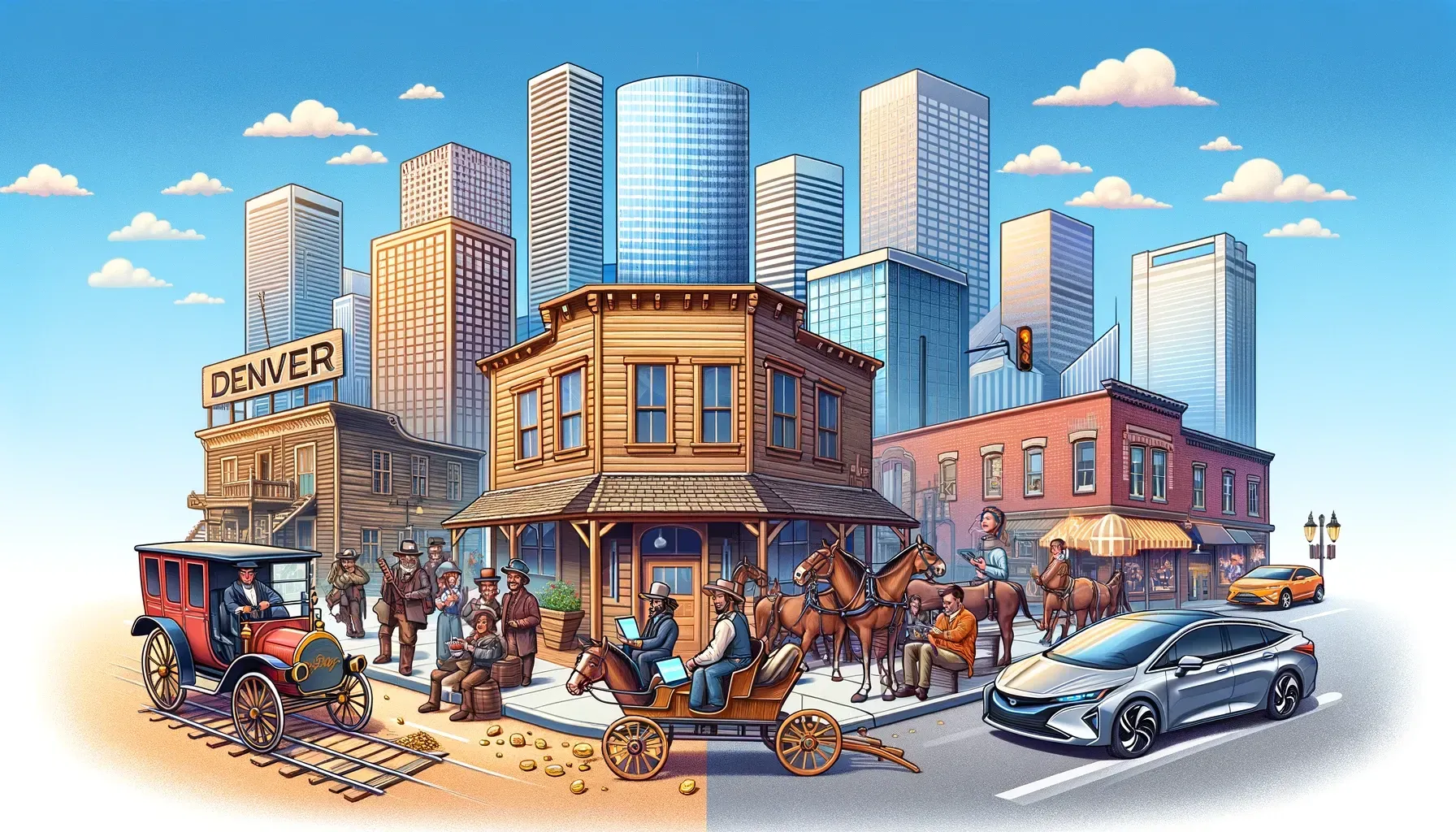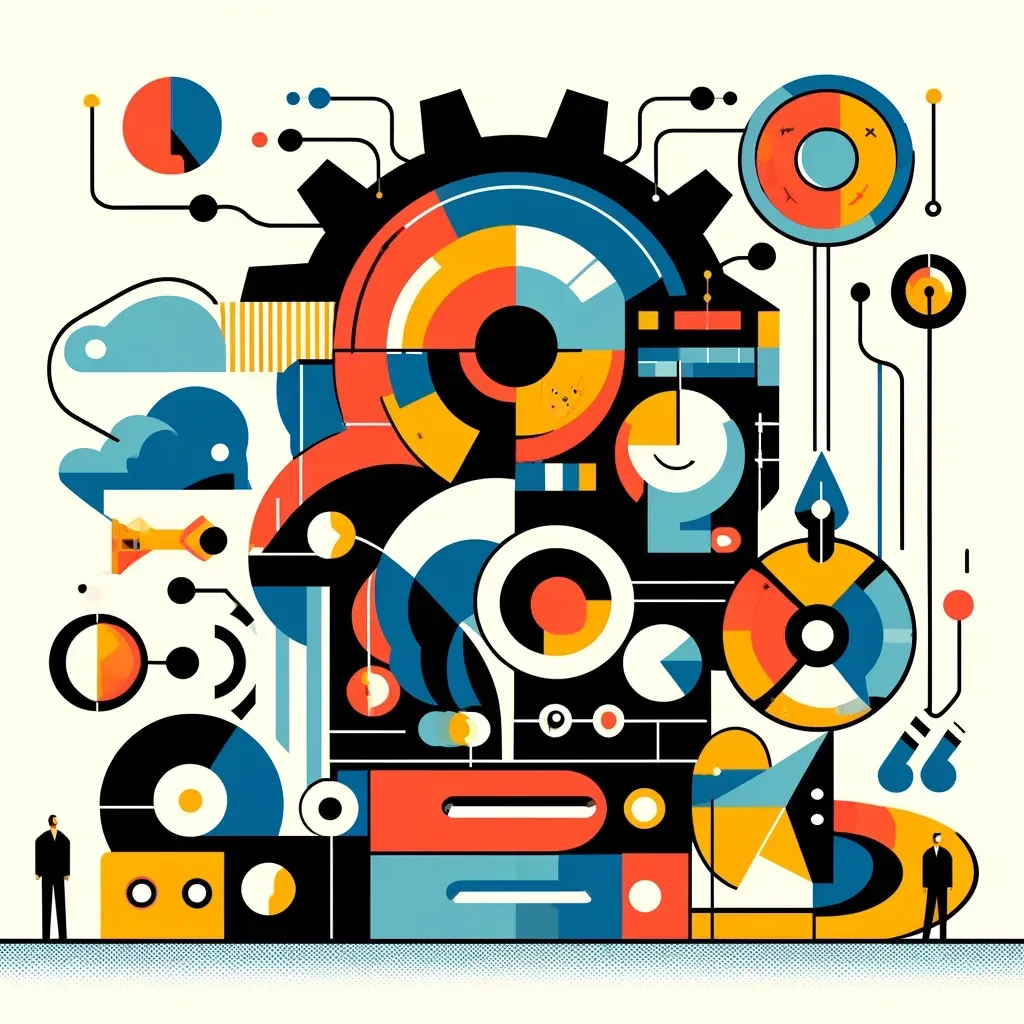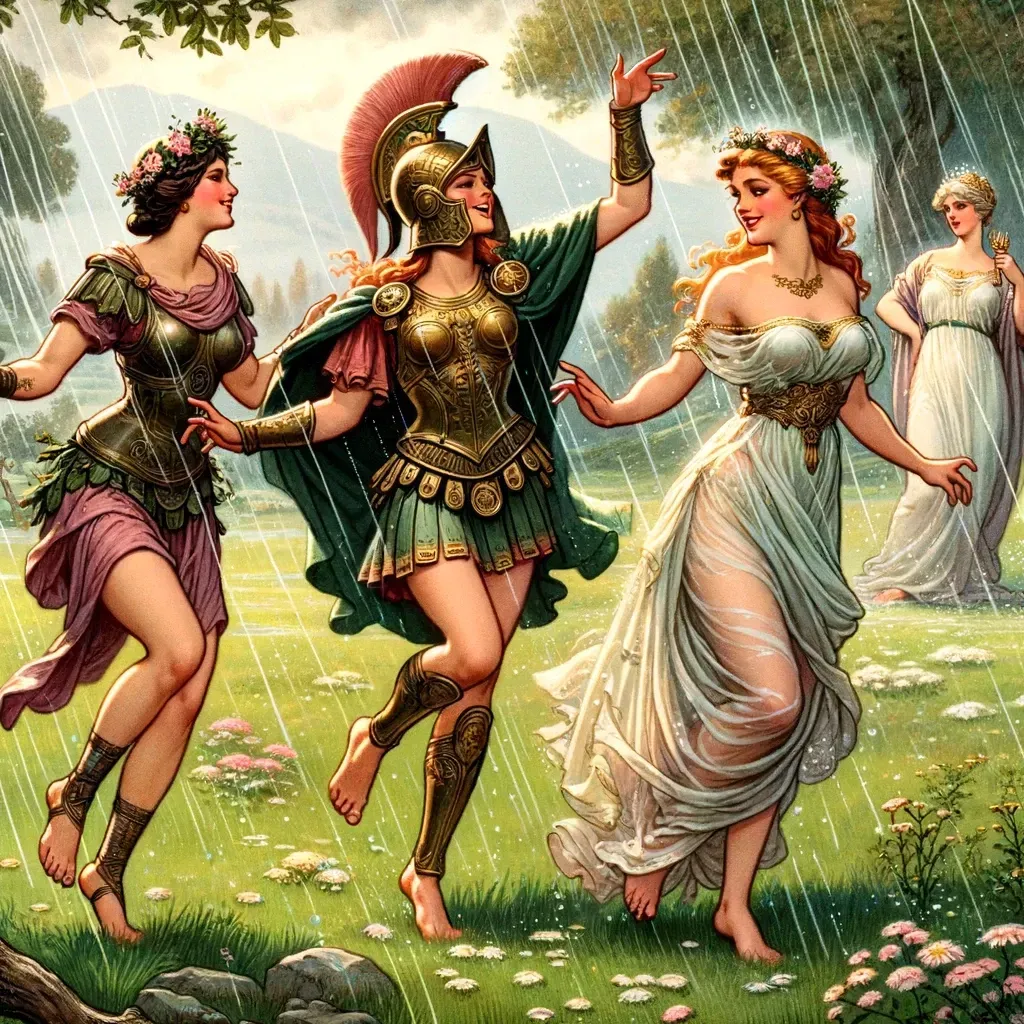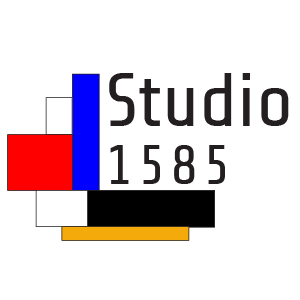Why Gay-Friendly Web Design and Social Media Marketing Matters
The importance of inclusivity in web design and social media marketing
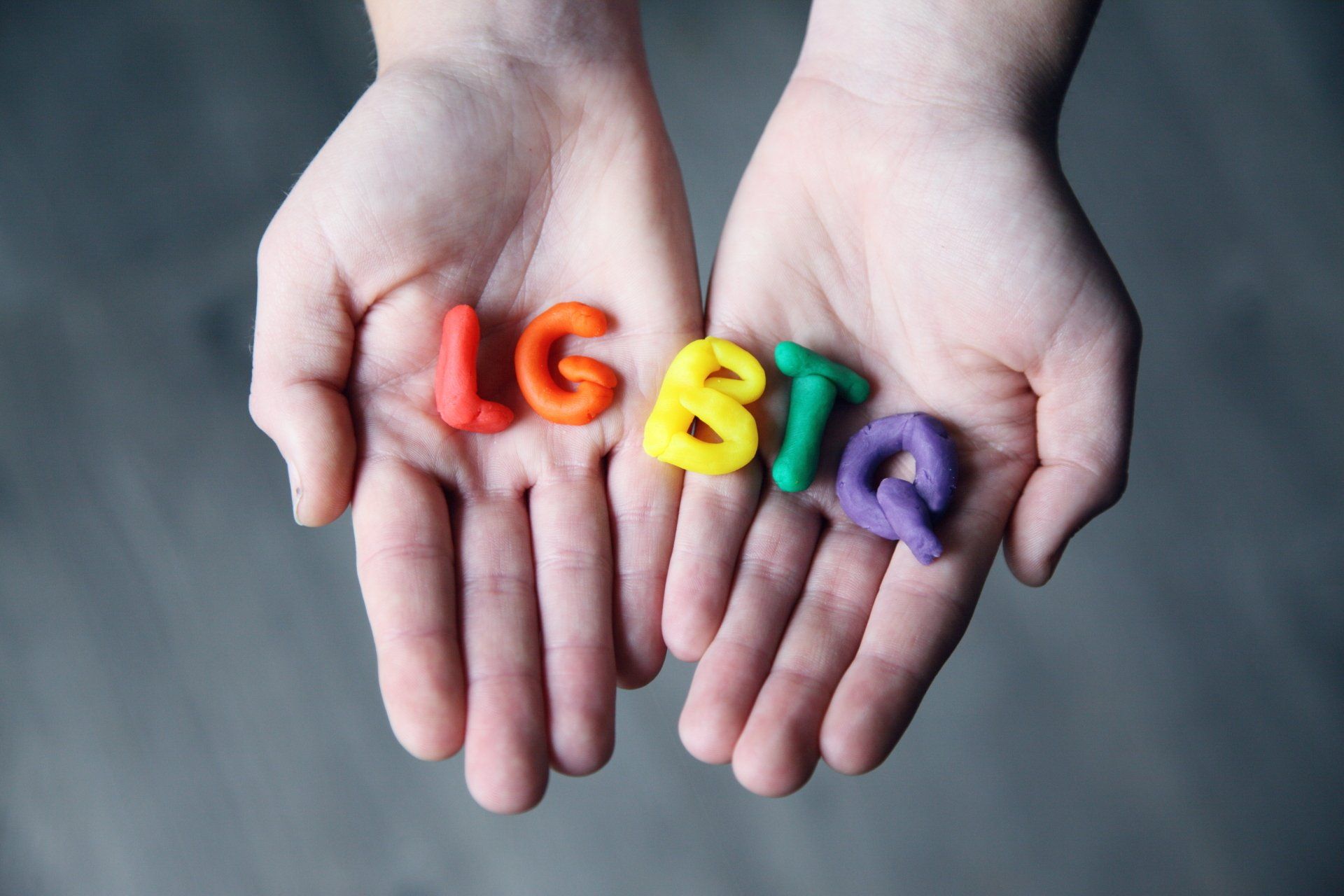
In today's increasingly diverse and fractured world, businesses and brands are realizing the importance of creating a welcoming and inclusive online environment. This is particularly important when it comes to web design and social media marketing. Simply displaying a rainbow badge, or any other badge, on your website or social media profile is no longer enough! In order to truly engage with the gay community and attract a diverse range of customers, it's crucial to go beyond the surface and ensure that your digital presence is genuinely friendly for gay folks.
But why does it matter? For starters, it is the smart, and ethical, thing to do. By purposely excluding an entire group of consumers, you lose out on attracting all those customers, and it's no secret that the gay community possesses significant spending power - around $3.9 trillion! The LGBTQ+ community is the fastest growing minority segment in the US. By creating a website and social media marketing strategy that is inclusive of their needs, you can tap into this thriving market. Moreover, a study conducted by GLAAD found that a staggering 20% of LGBTQ+ consumers have switched brands due to their lack of inclusion. I will be using gay and LGBTQ+ interchangeably in this article.
The importance of inclusivity in web design and social media marketing
Inclusivity in web design and social media marketing is more than just a trend; it's a reflection of the values and ethics of your brand. By creating an inclusive online environment, you are sending a powerful message to your audience that you value diversity and respect all individuals - regardless of their sexual orientation or gender identity. Do you really want to be like the baker sending out a message that gay people don't deserve wedding cakes?
When your website and social media channels are designed with inclusivity in mind, it helps to create a sense of belonging and trust for LGBTQ+ individuals. It shows that you acknowledge and value them as human beings and consumers that deserve your attention and business just like everybody else does. Moreover, creating an LGBTQ+ web design and social media marketing strategy can attract a broader audience. A broader audience means more customers!
Understanding the LGBTQ+ community and their online presence
Before diving into the specifics of gay-friendly web design and social media marketing, it's important to have a basic understanding of the LGBTQ+ community and their online presence. The LGBTQ+ community encompasses individuals who identify as lesbian, gay, bisexual, transgender, queer, or any other non-heterosexual or non-cisgender identity - and spans every single ethnicity, race, creed, and religion. A large portion of these people have encountered Is that confusing? YES! Does it matter? YES! What matters is the acknowledgement that the LGBTQ+ community are HUMAN BEINGS!
The LGBTQ+ community has a strong presence online, with various platforms and communities dedicated to their specific interests and needs. They use social media to connect, share experiences, and seek out safe spaces where they can be themselves without fear of judgment or discrimination.
By understanding the online behaviors and preferences of the LGBTQ+ community, businesses can better tailor their web design and social media marketing strategies to effectively engage with this audience. It's important to remember that the LGBTQ+ community is massive. Conducting research, listening to their voices, and seeking feedback are crucial steps in creating an inclusive online environment.
The impact of a gay-friendly web design on user experience
A gay-friendly web design goes beyond aesthetics; it directly impacts the user experience. When LGBTQ+ individuals visit your website, they should feel welcomed, validated, and understood. No, it doesn't have to say "Hey Gay, look at our gay-friendly stuff!" It can be as simple as a general all are welcome message. This can be achieved through various design elements and features that cater to their unique needs.
One key aspect of a gay-friendly web design is the use of inclusive language. Avoiding gendered terms and using gender-neutral language can help create a more inclusive experience for all users. Additionally, it's important to consider the representation of LGBTQ+ individuals in visual content. Including diverse and authentic representations of LGBTQ+ individuals in imagery and videos can help LGBTQ+ visitors feel seen and included. In other words, pink isn't always female, blue isn't always male.
Accessibility is another crucial aspect of a gay-friendly web design. Making sure your website is accessible to individuals with disabilities, including those with visual impairments who may rely on screen readers, is essential for creating an inclusive experience for all users, regardless of their sexual orientation or gender identity. Not only is accessibility crucial, it is law. Websites that are ADA compliant help people with disabilities to use your site. ADA compliance refers to American with Disabilities Act. This is a standard which states that all electronic technology must be consumable to people with disabilities.
How to create a gay-friendly web design
Creating a gay-friendly web design involves a combination of thoughtful design choices, inclusive language, and accessibility considerations. Here are some key steps to take:
- Conduct research: Gain insights into the LGBTQ+ community's preferences, needs, and experiences online. This can involve surveys, focus groups, or engaging with LGBTQ+ communities and organizations.
- Use inclusive language: Avoid gendered terms and use gender-neutral language wherever possible. This helps create a more inclusive experience for all users.
- Incorporate LGBTQ+ imagery: Include diverse and authentic representations of LGBTQ+ individuals in your visual content. This can help LGBTQ+ visitors feel seen and included.
- Ensure accessibility: Make sure your website is accessible to individuals with disabilities. This includes providing alternative text for images, using descriptive headings, and optimizing for screen readers.
- Provide resources and support: Include LGBTQ+ resources, helplines, or support groups on your website. This shows your commitment to supporting the LGBTQ+ community and provides valuable resources for those in need.
Examples of successful gay-friendly web designs and social media campaigns
To inspire and guide your efforts in creating a gay-friendly online presence, let's explore some examples of successful LGBTQ+ inclusive web designs and social media campaigns:
Apple: Apple has consistently demonstrated their commitment to LGBTQ+ inclusivity through their web design and social media presence. They incorporate LGBTQ+ imagery, feature LGBTQ+ stories, and actively participate in LGBTQ+ events and campaigns.
Nike: Nike has been a trailblazer in LGBTQ+ inclusivity, featuring LGBTQ+ athletes in their advertising campaigns and sponsoring LGBTQ+ sports initiatives. Their web design and social media marketing reflect their dedication to diversity and equality.
Ben & Jerry's: Ben & Jerry's, known for their social activism, embraces LGBTQ+ inclusivity in their web design and social media content. They actively support LGBTQ+ causes, celebrate Pride Month, and feature LGBTQ+ stories on their platforms.
These examples showcase the power of embracing LGBTQ+ inclusivity in web design and social media marketing. By authentically representing and supporting the LGBTQ+ community, these brands have not only attracted a loyal LGBTQ+ customer base but also gained recognition and respect from a wider audience.
The business benefits of embracing LGBTQ+ inclusivity in web design and social media marketing
Beyond the ethical and moral reasons for embracing LGBTQ+ inclusivity, there are tangible business benefits to be gained. Here are some key advantages:
- Tapping into a thriving market: The LGBTQ+ community possesses significant spending power. By creating a gay-friendly online presence, you can tap into this market and attract a diverse range of customers.
- Building brand loyalty: When LGBTQ+ individuals feel seen, respected, and included, they are more likely to develop a strong sense of loyalty towards your brand. This can result in repeat business, positive word-of-mouth, and increased brand advocacy.
- Attracting allies and diverse audiences: By promoting LGBTQ+ inclusivity, you are not only appealing to the LGBTQ+ community but also to allies and individuals who prioritize diversity and equality. This expands your potential customer base and strengthens your brand's reputation.
- Differentiating from competitors: In today's competitive marketplace, standing out from the crowd is crucial. Embracing LGBTQ+ inclusivity sets you apart from competitors who may not prioritize diversity, helping you to attract customers who align with your values.
Steps to take for businesses to become more LGBTQ+ friendly online
To become more LGBTQ+ friendly online, businesses can take the following simple steps:
- Educate yourself and your team: Invest time in understanding LGBTQ+ issues, terminology, and experiences. This helps create a foundation of knowledge and empathy within your organization.
- Conduct an audit of your web design and social media presence: Evaluate your current online presence for inclusivity. Identify areas that need improvement, such as language, imagery, and accessibility.
- Consult with LGBTQ+ organizations and individuals: Seek feedback and guidance from LGBTQ+ organizations and individuals. This ensures that your efforts are respectful, authentic, and aligned with the needs of the LGBTQ+ community.
- Train your team: Provide training to your team on LGBTQ+ inclusivity, including how to use inclusive language, create visually inclusive content, and engage with the LGBTQ+ community on social media.
- Continuously evaluate and improve: Regularly assess your web design and social media marketing efforts to ensure they remain inclusive and up-to-date. Seek feedback from customers and the LGBTQ+ community to understand their experiences and needs.
In today's diverse marketplace, embracing LGBTQ+ inclusivity in web design and social media marketing is no longer optional; it's essential for success. By going beyond the rainbow badge and creating a genuinely gay-friendly online presence, businesses can tap into the purchasing power of the LGBTQ+ community, attract a diverse range of customers, and build strong brand loyalty.
Remember, inclusivity is not just about ticking boxes or appeasing a specific demographic. It's about creating a welcoming environment where all individuals feel seen, respected, and valued. By incorporating gay-friendly practices into your web design and social media marketing strategies, you are not only doing what's right, but also positioning your brand as a leader in equality and diversity. So, let's go beyond the rainbow badge and embrace the power of LGBTQ+ inclusivity in our digital presence. Together, we can create a more inclusive and accepting online world for all.
Resources and organizations supporting the LGBTQ+ community
GLAAD (Gay & Lesbian Alliance Against Defamation): GLAAD is a leading LGBTQ+ media advocacy organization. They provide resources, research, and guidance on LGBTQ+ representation and inclusivity in media and marketing.
Human Rights Campaign (HRC): HRC is a prominent LGBTQ+ civil rights organization. They offer resources, guides, and best practices for creating LGBTQ+ inclusive workplaces and marketing strategies.
LGBT Foundation: The LGBT Foundation provides resources and support for individuals and organizations seeking to create LGBTQ+ inclusive environments. They offer training, guidance, and research on LGBTQ+ issues.
Out in Tech: Out in Tech is a nonprofit organization that focuses on LGBTQ+ representation and inclusion in the tech industry. They provide resources, events, and networking opportunities for LGBTQ+ professionals in the tech sector.
ACLU (American Civil Liberties Union): The ACLU works to create a more perfect union helping to realize the promise of the constitution and expands rights for all.
NGLCC (National LGBT Chamber of Commerce): NBLCC is the exclusive third-party organization for the certification of LGBTQ+ owned Business Enterprises.
SPLC (Southern Poverty Law Center): THE SPLC supports the fight against hatred by monitoring extremist groups, working to achieve equality and justice in the courtroom, and advocating on behalf of victims of discrimination.
If you are interested in a website redesign, rebranding, or a social media campaign focused on an inclusive and/or gay-friendly theme, let us help! We are experts and can help you!
Contact Studio 1585 today for a free consultation!
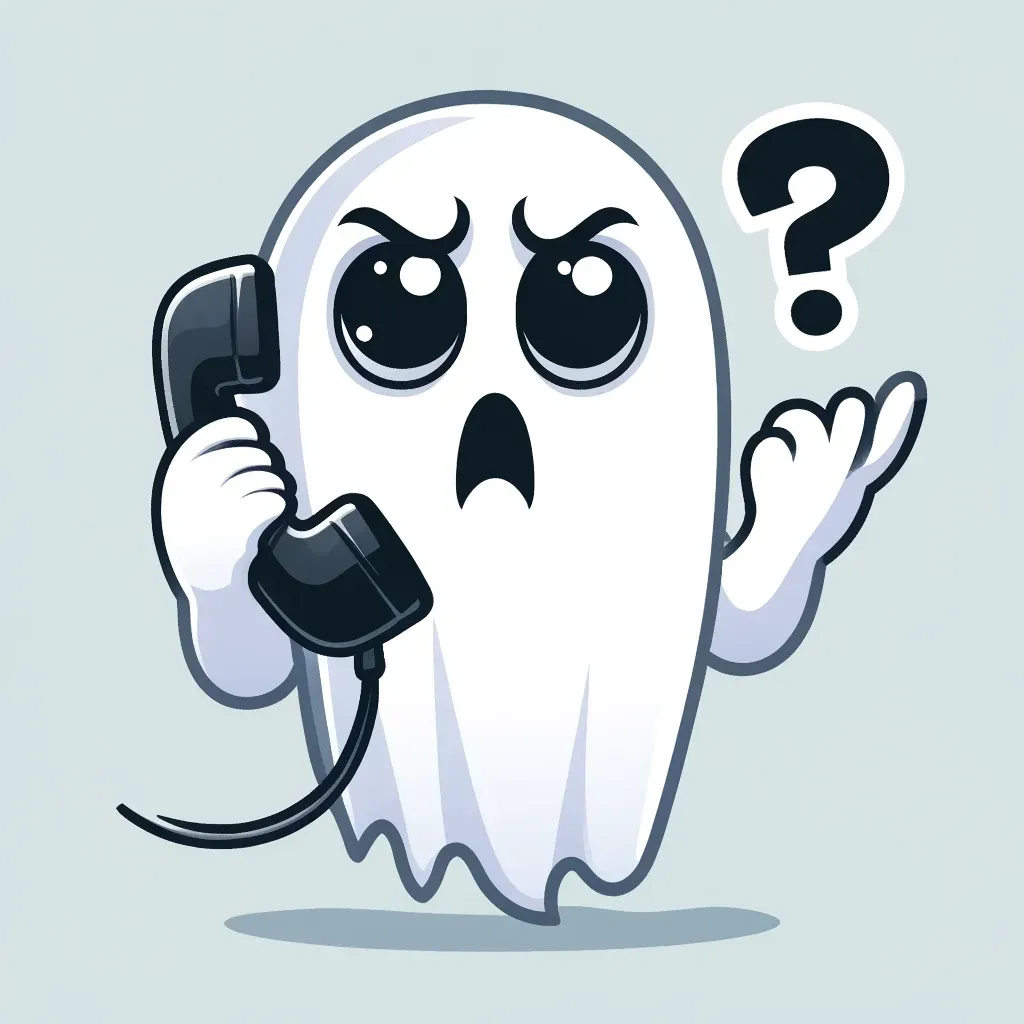
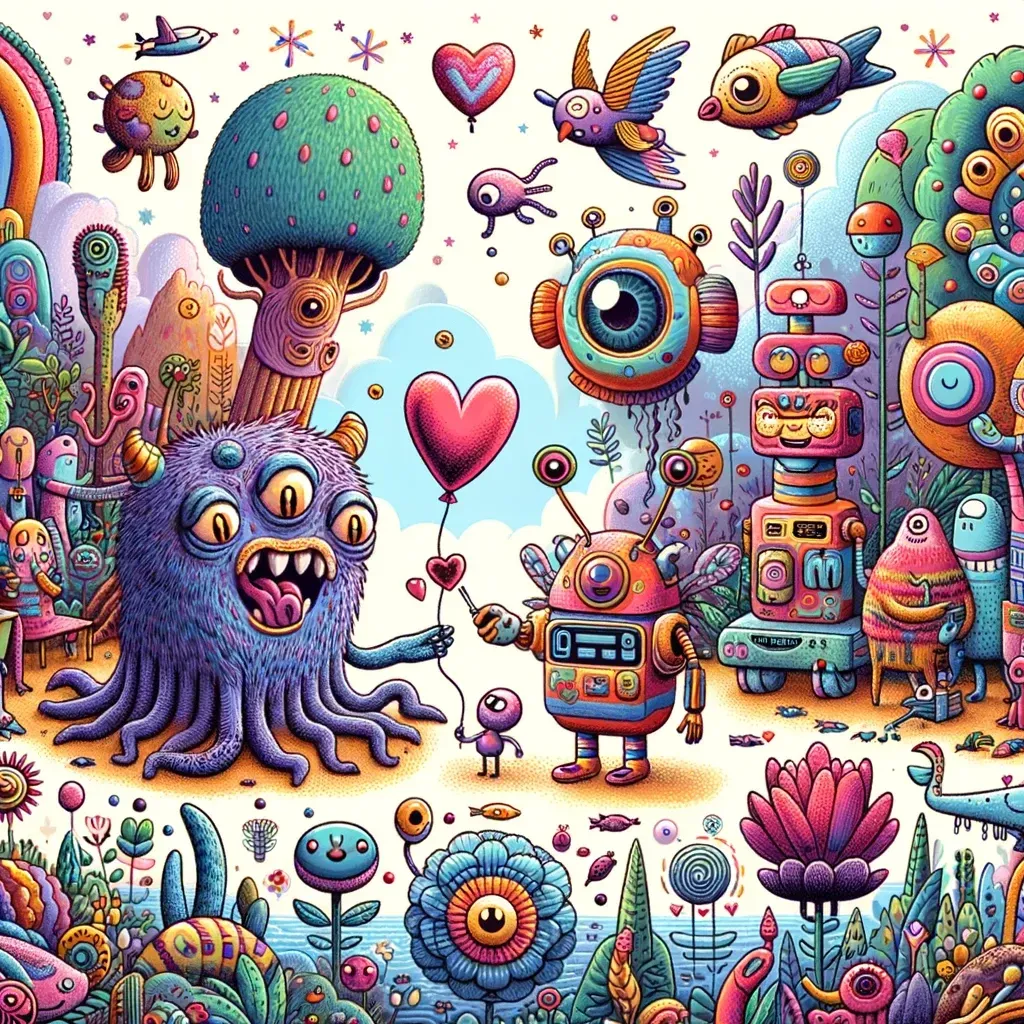
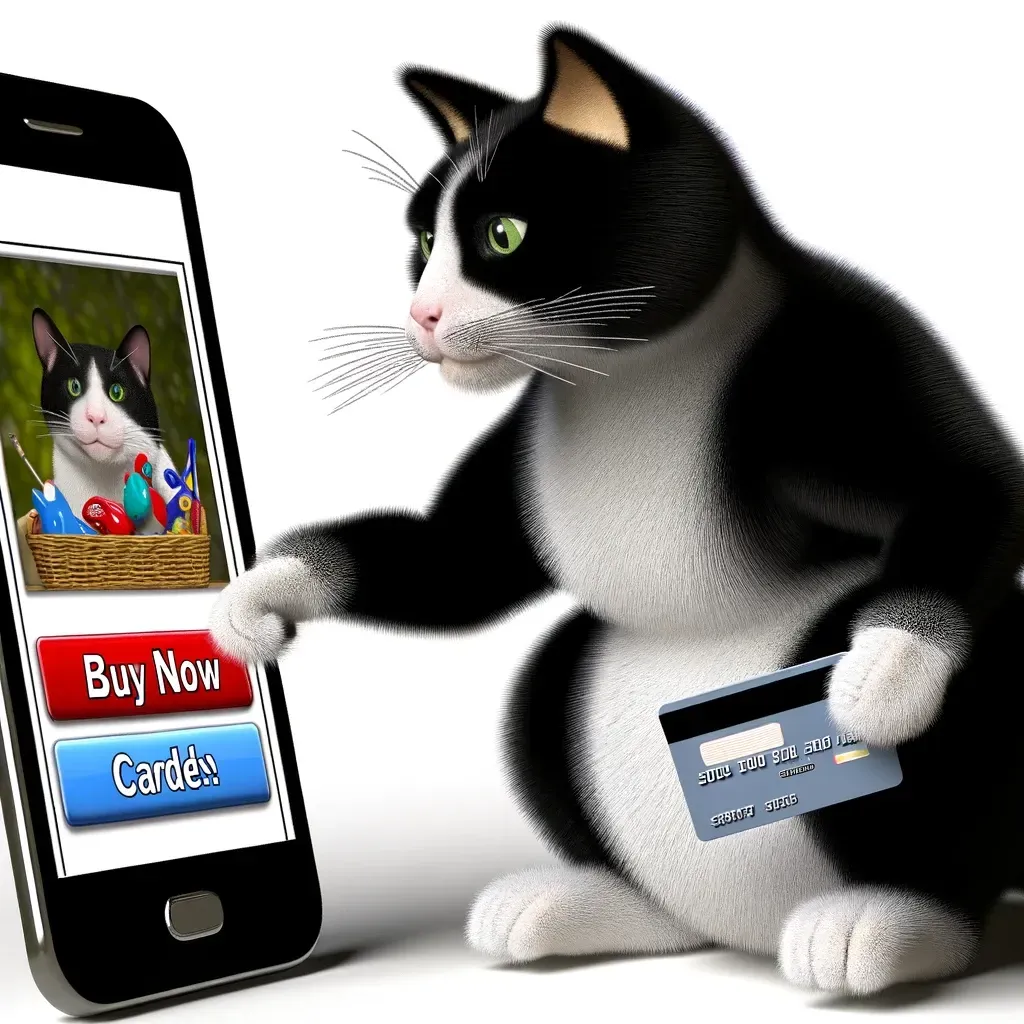
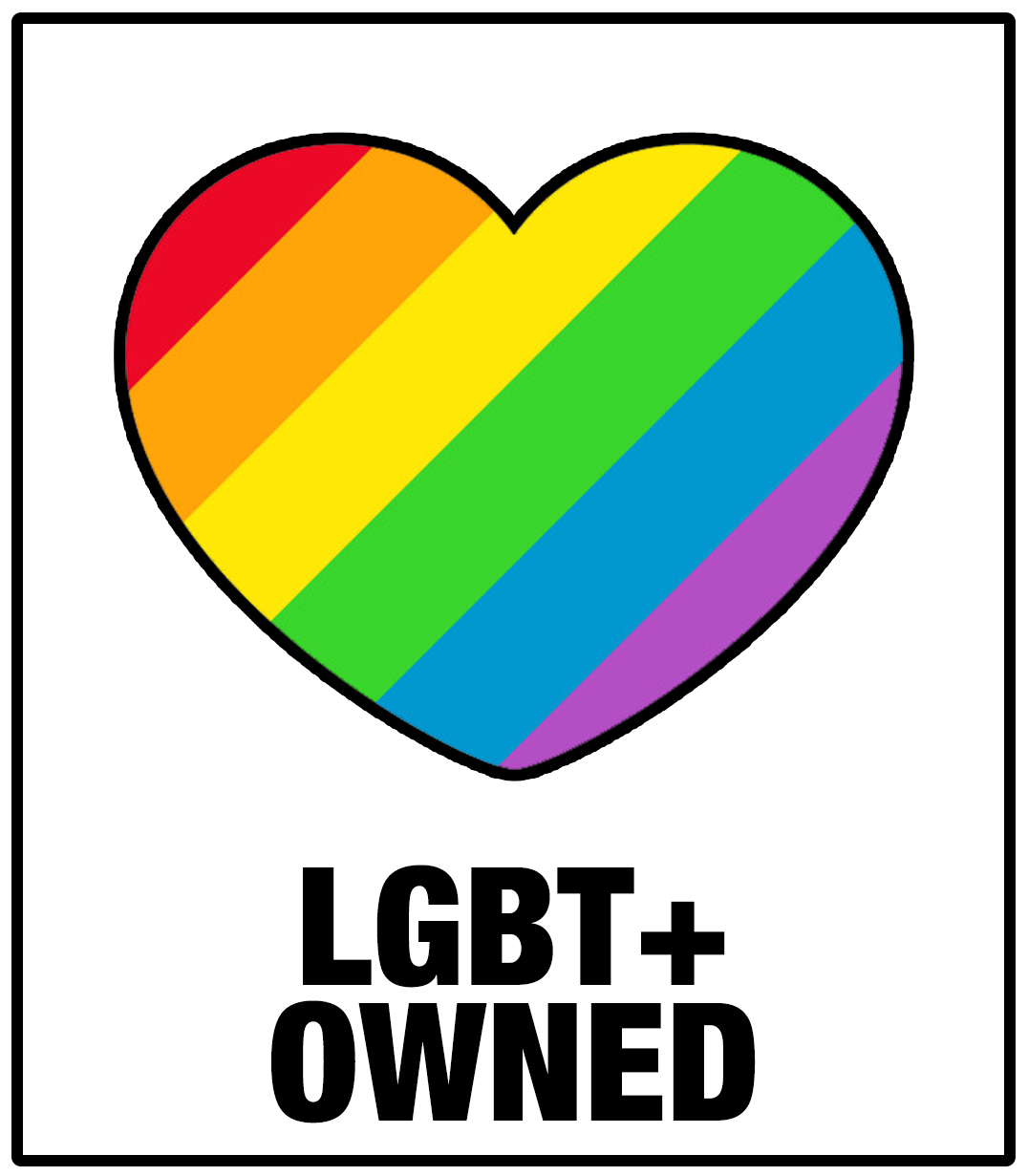
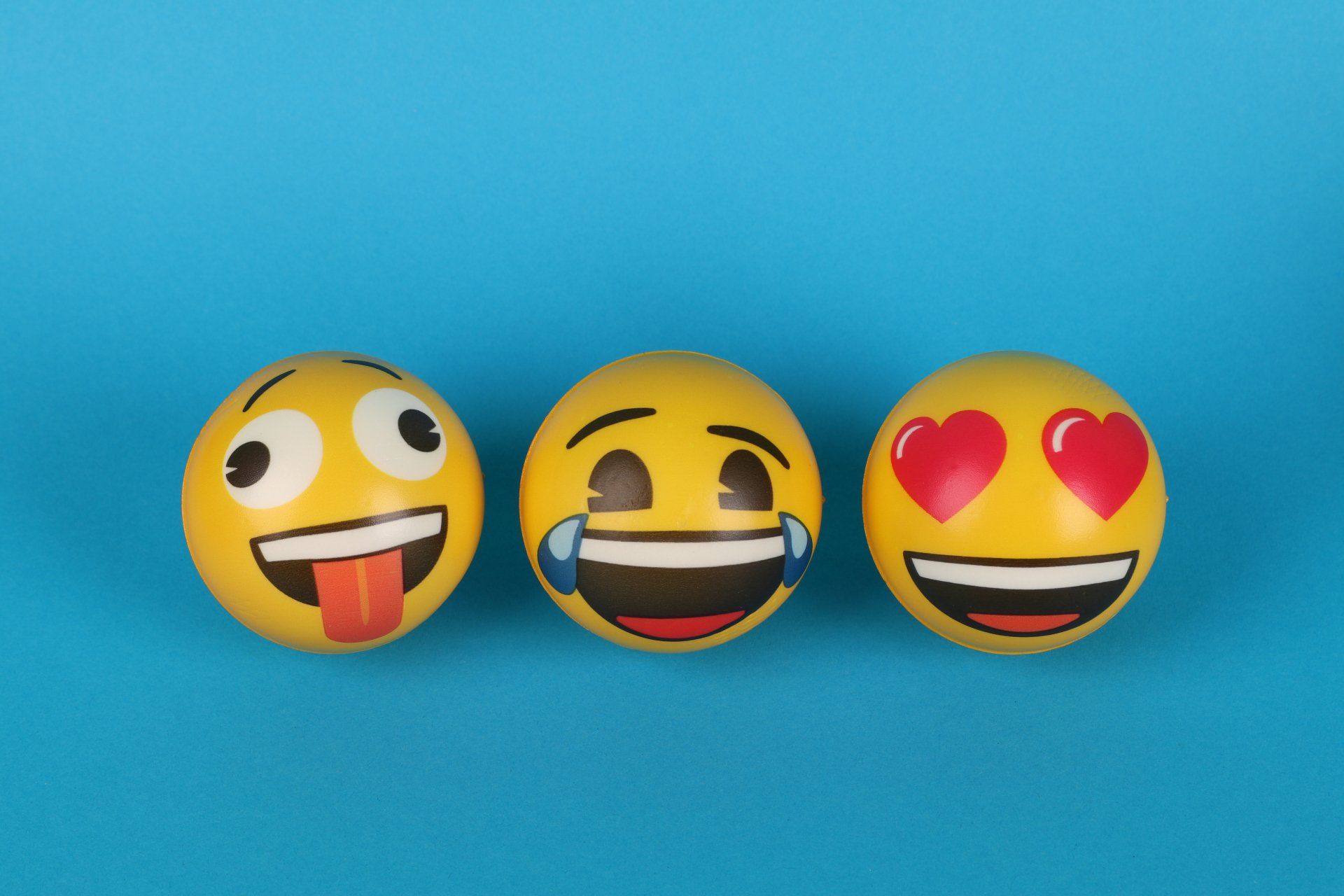
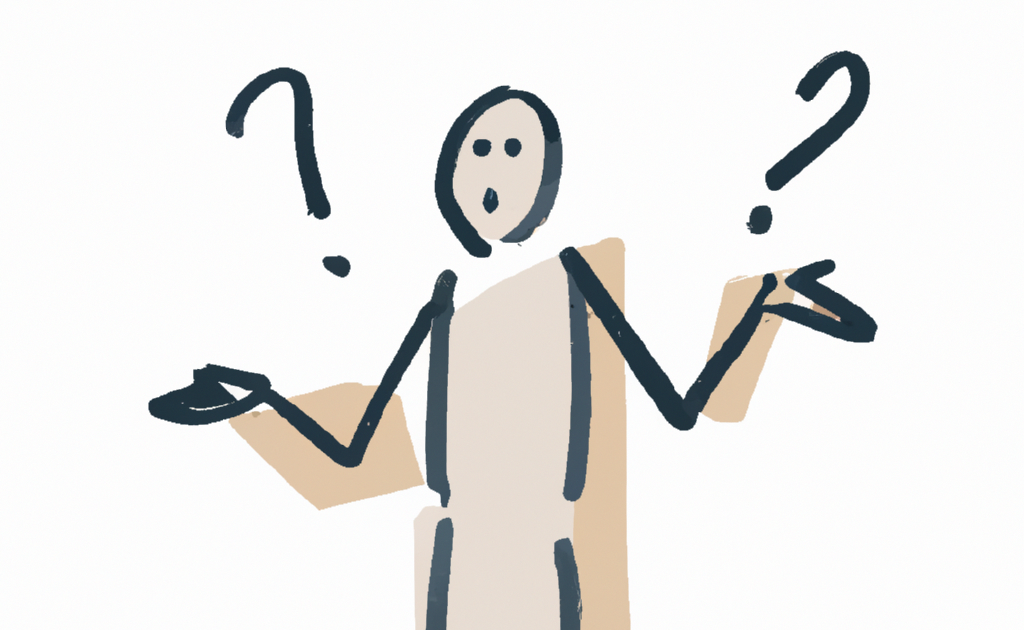
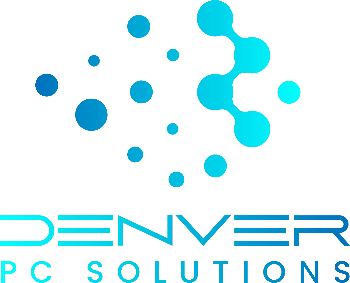
From concept to execution, we take pride in our commitment to excellence and attention to detail. Whether you're a startup looking to establish a distinctive brand presence or an established business seeking a fresh perspective, we are dedicated to bringing your vision to life.
Discover the perfect blend of creative web design and marketing strategy with a top digital marketing agency: Studio 1585—where innovation meets impact, and your success is our priority!
We are belief agnostic and will do business with everybody!
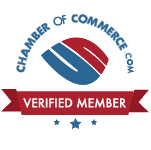
Slide title
Write your caption hereButton
Slide title
Write your caption hereButton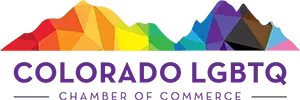
Slide title
Write your caption hereButton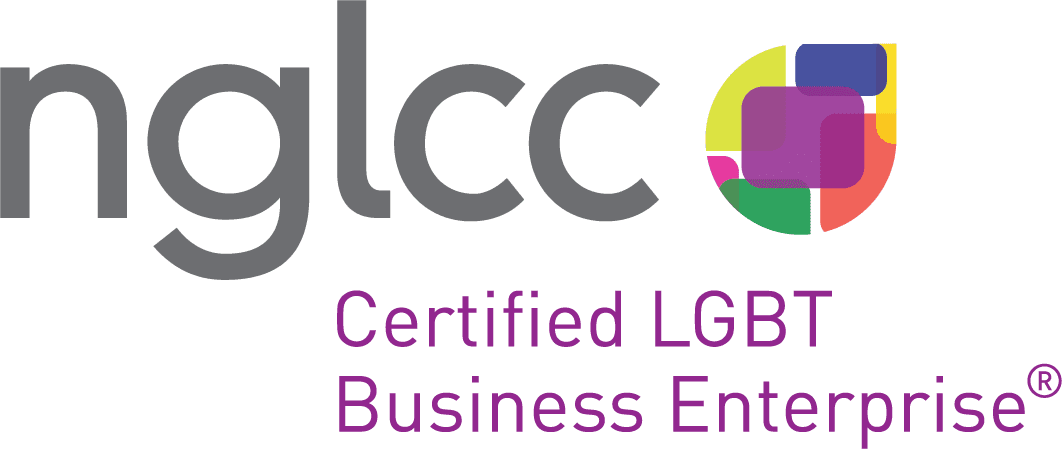
Slide title
Write your caption hereButton
